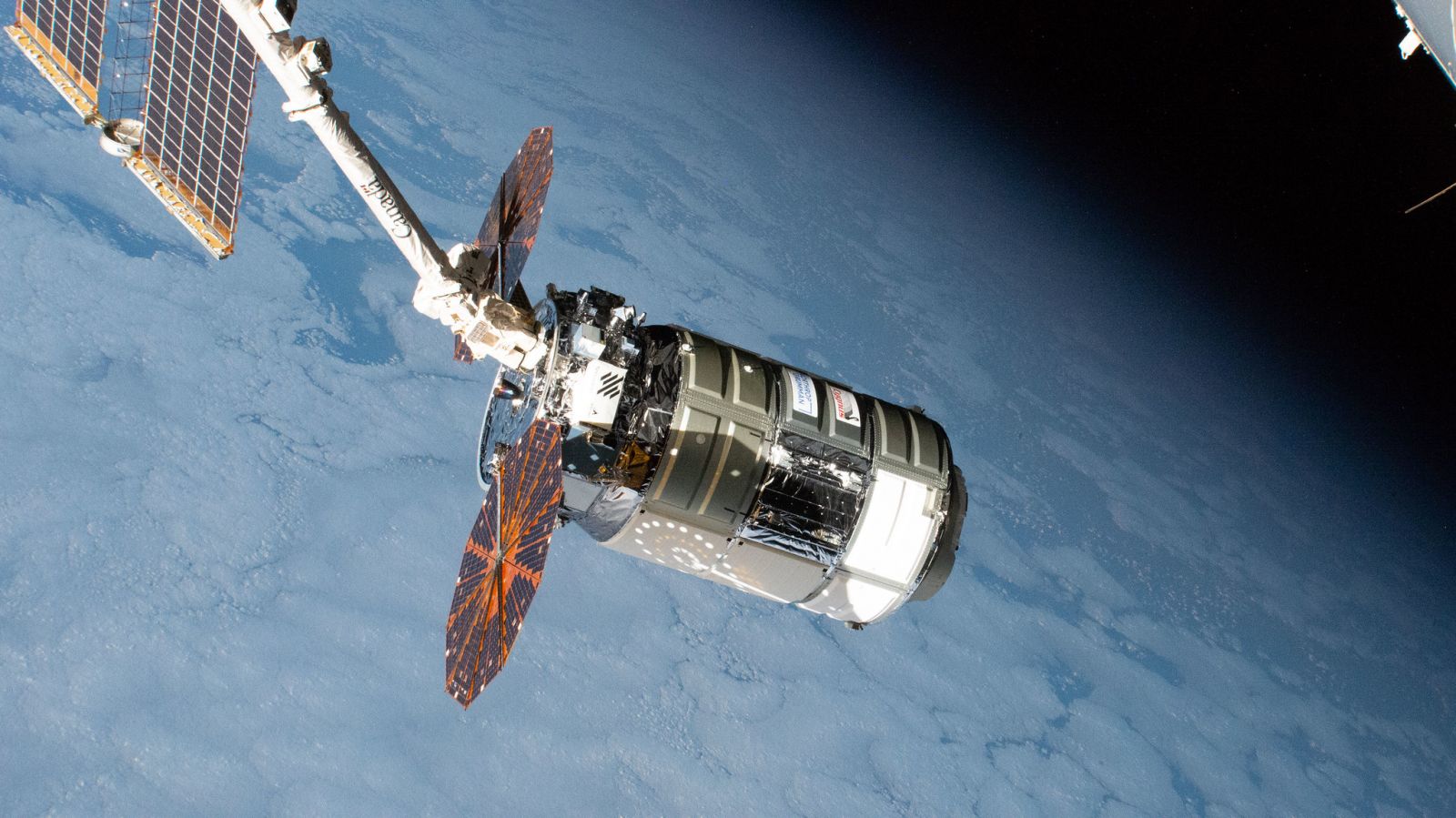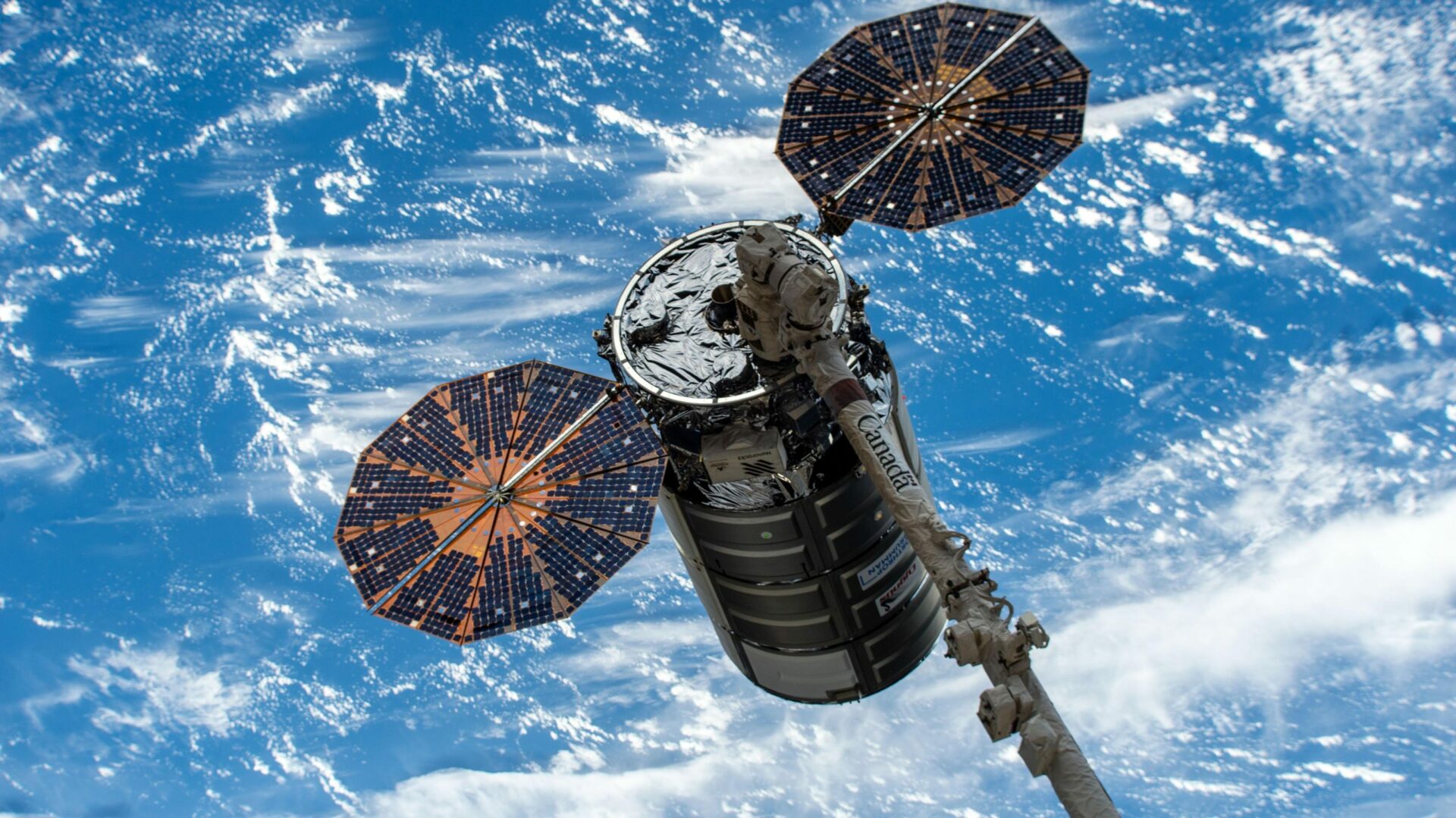Despite deploying only one of the two solar arrays, NASA’s Cygnus spacecraft successfully docked to the International Space Station (ISS).

The Northrop Grumman-built Cygnus NG-18 cargo launched aboard an Antares rocket from NASA’s Wallops Flight Center in Virginia early Monday morning, with more than 3 tons of supplies for the crew aboard the station. But a few hours after launch, only one of the spacecraft’s two circular solar arrays was deployed.
These arrays help power the spacecraft. A non-functioning solar array could interfere with the stable operation of Cygnus NG-18, which jeopardized the ISS. Therefore, NASA decided to check the stability and condition of the spacecraft before deciding whether to carry out the docking procedure.

In the end, it was decided to continue working as usual. NASA astronaut Nicole Mann used Canadarm2’s robotic arm to catch the spacecraft. But the docking procedure was taken over by flight control in Houston. Shortly after the pressure equalization, the astronauts will enter the spacecraft to begin unloading supplies to the station.
Almost perfect operation
A failure with Cygnus is a rarity, since 17 previous missions to the ISS, starting with the first in 2013, passed without incident. Only once did Cygnus fail to reach the ISS, but that was due to a rocket explosion shortly after launch in 2014.
It remains unclear why it was not possible to deploy the second solar array of the spacecraft. Although the engineers breathed a sigh of relief when the docking was carried out without any obvious difficulties. Northrop Grumman and NASA will continue to study the problem to try to determine the cause of the malfunction.
Cygnus NG-18 will remain docked to the ISS until the end of January. By this time, it will be loaded with garbage and waste, then sent to burn up in the Earth’s atmosphere.
Earlier, we reported on how the Cygnus delivery spacecraft successfully corrected the ISS orbit.
According to Digital Trends
Follow us on Twitter to get the most interesting space news in time
https://twitter.com/ust_magazine

